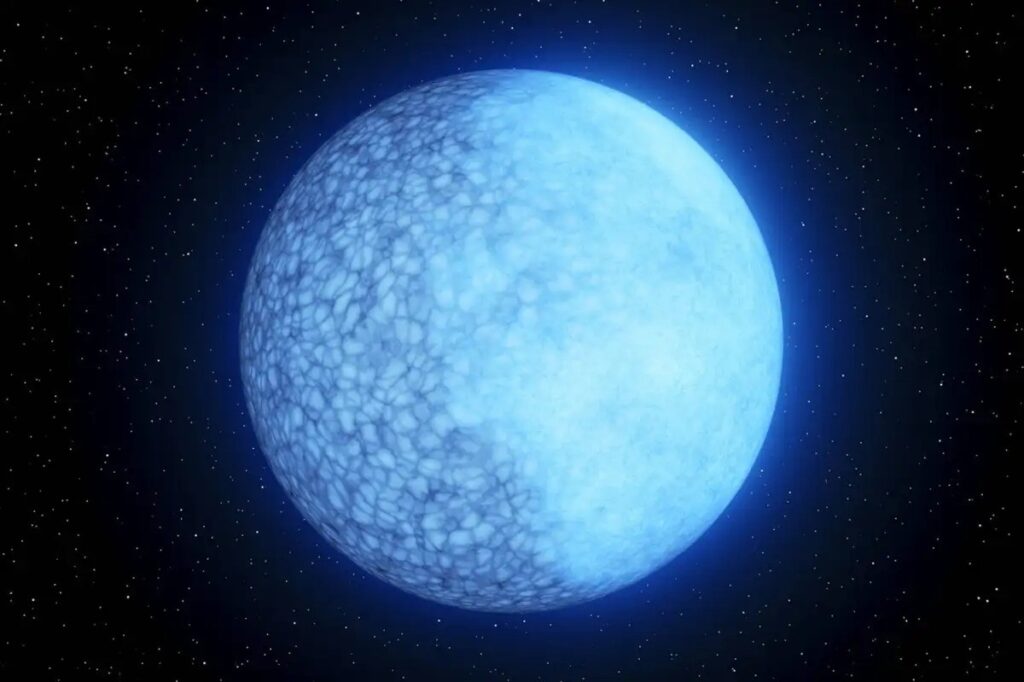Scientists have found unusual giant stars in neighboring galaxies that are completely devoid of outer hydrogen shells. The theory has long predicted their existence as precursors of a certain type of supernova. However, we have not yet found them in our galaxy.

Stars that eluded being found
On December 14, an international team of astronomers published an article describing a population of rare stars found in dwarf galaxies that are satellites of the Milky Way. Their existence has long been predicted by theory, but they have not been detected by observations.
These are large luminaries with masses several times of that of the Sun’s and surface temperatures at least ten times higher than those of our own star. They are essentially bare helium cores that have completely lost their outer hydrogen layers.
Their existence is predicted by physical theories that explain how some types of supernovae can form. And there should be a lot of these stars. In fact, every third major star should follow this path in one way or another, but so far we have not seen anything like this in our galaxy. All the more or less similar objects are either white dwarfs or very giant objects.
Research in neighboring galaxies
To find these stars in neighboring galaxies, scientists also had to do a lot of work. They started by analyzing the data collected by the Swift ultraviolet telescope. We are talking about millions of stars. However, with the help of the Magellanic telescopes at the Las Campanas Carnegie Observatory in Chile, scientists were able to significantly reduce the number of candidates.
Finally, they ended up with a list of 25 systems that fully meet the criteria for what those helium stars should look like. That is, they have finally found them. However, this number is clearly not all of the similar luminaries that should be in neighboring galaxies. Meanwhile, even their very presence is a great victory compared to the situation when scientists did not find them at all.
Based on the materials: www.space.com

